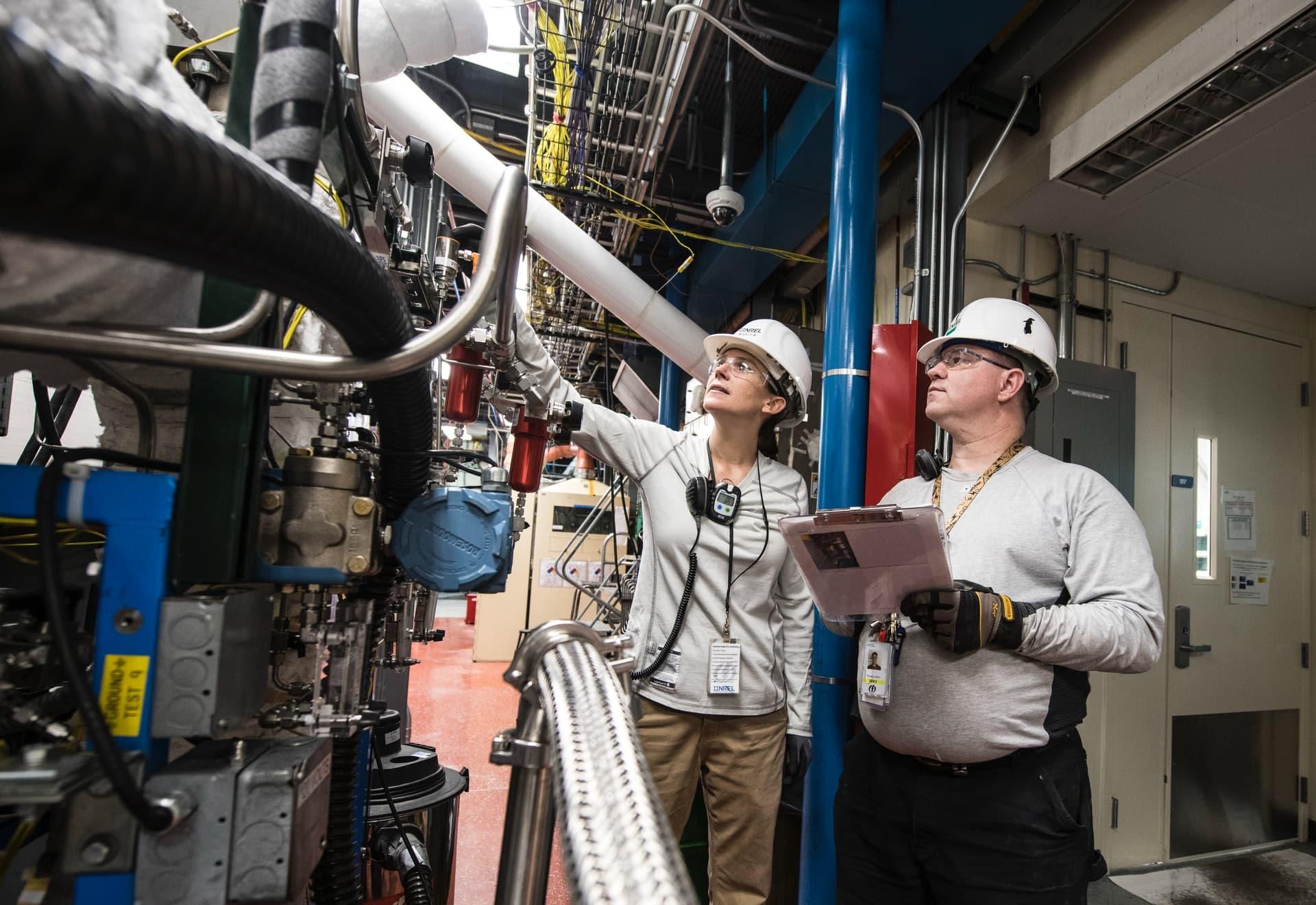
CBM: Then and Now
Moving from Reactive to Proactive Maintenance
Overview
Let’s take a look at the evolution of “predictive” maintenance as a best practice to ensure smooth operations and longevity of your equipment. For the purpose of this blog article, condition-based maintenance (CBM) is defined as: a maintenance methodology in which maintenance operations are performed depending on the current condition of your assets. However, this was not always common practice at most manufacturing facilities.
How It Was Then...
Going back to the 1990s, computerized maintenance management systems were beginning to emerge. Many companies welcomed this solution as a way to solve their equipment failures and reduce maintenance costs. However, the technology alone did not resolve these issues, nor did it address the “reactive” nature of most maintenance programs. Stuck in the reactive mindset of the past, no amount of planning or scheduling seemed to work. And assessing the health of the equipment was not even on the radar. A totally new dynamic was needed to break the vicious cycle of failure, downtime, and expense.
How It Is Now...
The answer lies in the integration of all available technologies to achieve true CBM and predictive maintenance of all types of equipment. This innovative, comprehensive approach was first introduced by Allied Reliability in the late 1990s into the early 2000s. It started with a proactive workflow model and a goal to do proactive work over-reactive work. We found that the more proactive work you do, the fewer failures you have. And the more production you have, the better service you provide to customers. Now, that’s a winning formula we can all agree on. The best finding was that with this approach, maintenance costs do come down!
How It Evolved
But things did not change overnight. Initially, the technology tools didn’t have the capability they have today…and they were extremely expensive. For example, a high-performance IR camera currently costs approximately $10,000; whereas, it used to cost between $75,000 and $80,000. So, the first hurdle was how to convince an organization to make the investment, which was especially challenging if dealing with non-engineering people and business leaders. It wasn’t only the sticker shock that had to be overcome; reactions ranged from skepticism that the technology didn’t work to thinking it was some sort of magic. Back then, people had to be educated and convinced to spend the money by demonstrating success fast—maybe not fast payback, but evidence that the technology worked. It took years to justify that new technology to support CBM methods was critical to monitor the health of equipment and stop expensive failures BEFORE they occurred.
Avoiding Pitfalls
With so many technological options on the market today, it can be confusing and difficult to choose which diagnostic device(s) are best suited to your needs. It’s easy to get distracted by all the shiny objects. Take wireless vibration sensors, for instance. There's a myriad of sensors out there today, each with different features and capabilities. It seems like a new one is introduced just about every month. To prevent a costly mistake, it’s important to have a strong, basic foundation, such as a hierarchical list of all your critical assets, along with an understanding of how they fail. Once you have performed a thorough criticality assessment, you can capitalize on it to make strategic purchasing decisions. Regardless of the tool type, it should provide high-quality data on machine health, with a higher frequency than just once a month. Now, you can actually get readings every hour, or faster, if you want.
Conclusion
We have finally arrived at this moment with a proven, mature CBM model that firmly establishes the validity of predictive maintenance. The vast array of hardware and software technology to choose from makes it possible to cost-effectively and successfully integrate CBM into your reliability improvement process. In the long run, adopting this approach will allow you to have fewer analysts, who do more. It will also increase their bandwidth to focus on higher-level tasks thanks to CBM—in addition to other exciting advancements in cutting-edge techniques like artificial intelligence (AI) and machine learning (ML)—relieving them of simple, tedious tasks.
Ask an Allied Reliability representative how we can help you implement CBM into your equipment maintenance program.
On-Demand Webinar
Learn more as industry leaders discuss the digital transformation progression and how condition-based maintenance has evolved over the last 20 years.
ABOUT ALLIED RELIABILITY
Allied Reliability provides asset management consulting and predictive maintenance solutions across the lifecycle of your production assets to deliver required throughput at lowest operating cost while managing asset risk. We do this by partnering with our clients, applying our proven asset management methodology, and leveraging decades of practitioner experience across more verticals than any other provider. Our asset management solutions include Consulting & Training, Condition-based Maintenance, Industrial Staffing, Electrical Services, and Machine Reliability.
Subscribe to our Blog
Receive the latest insights on reliability, maintenance, and asset management best practices.